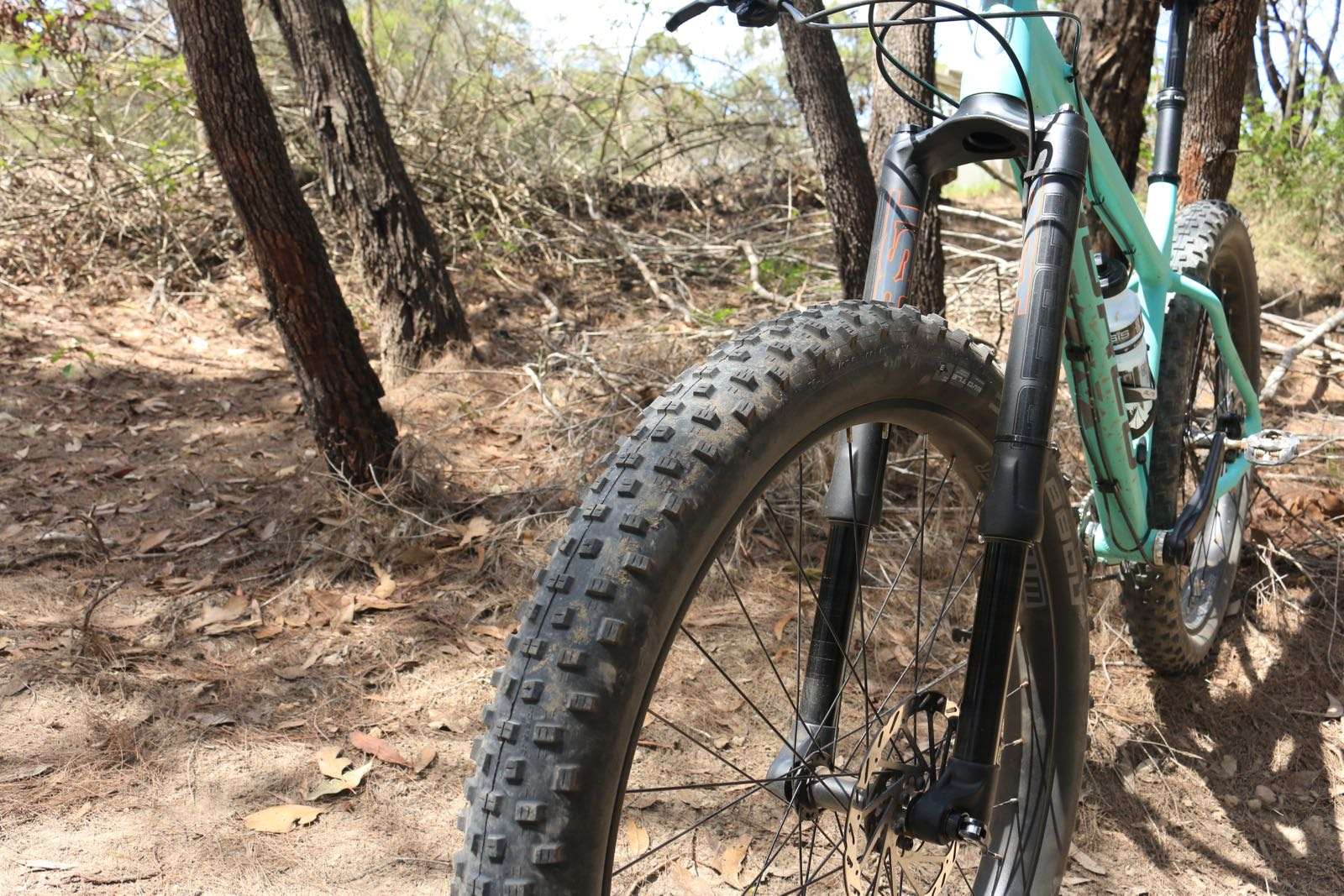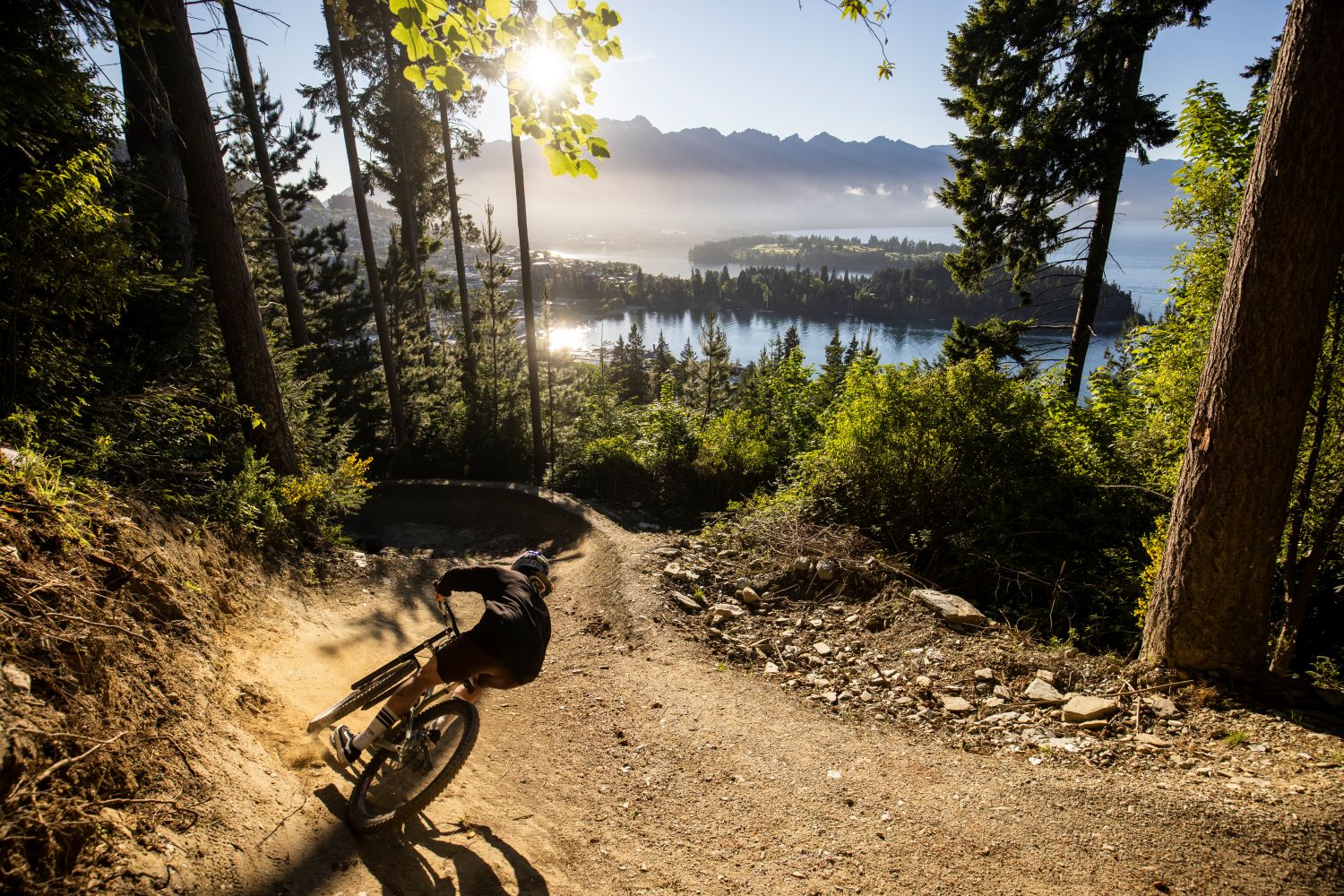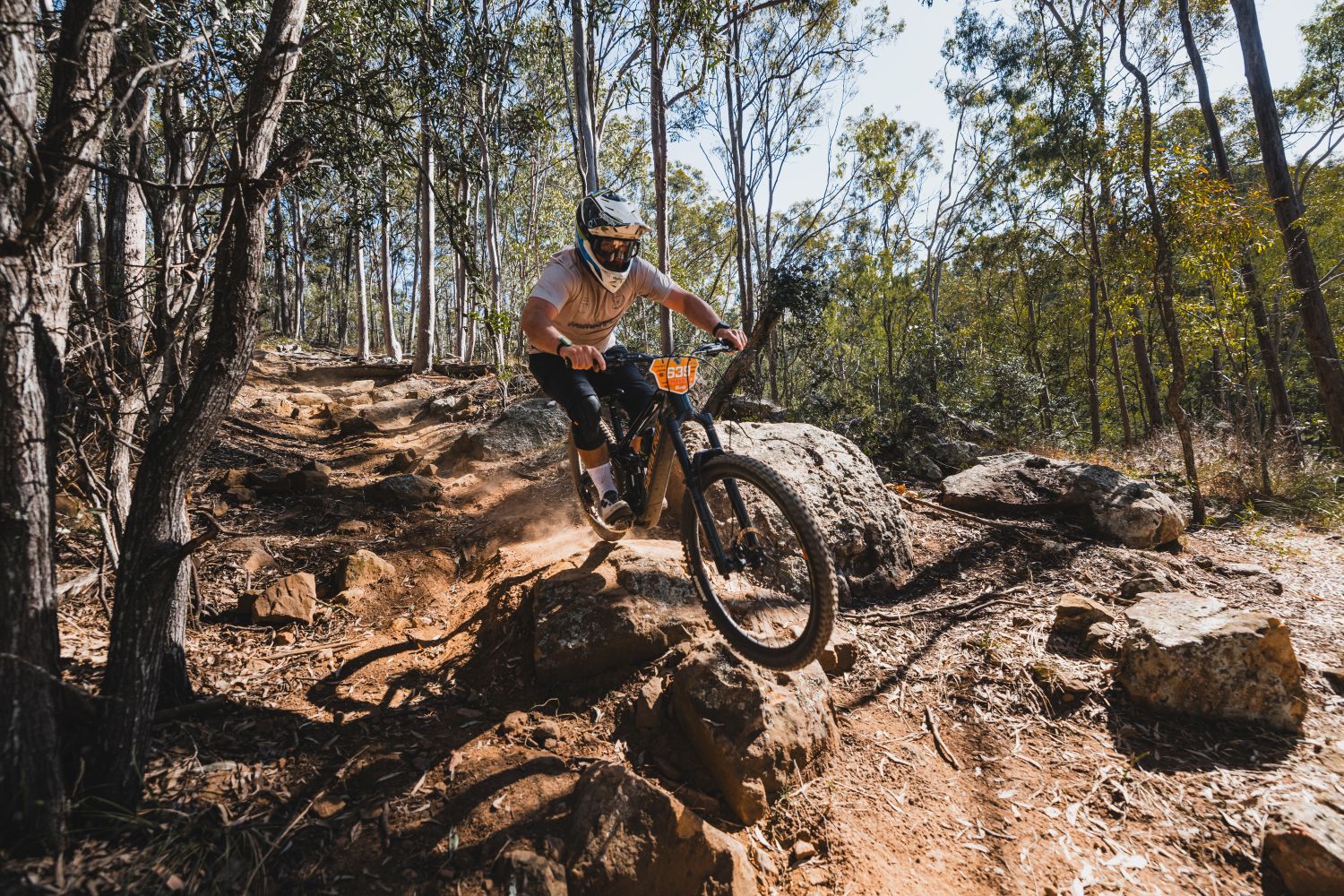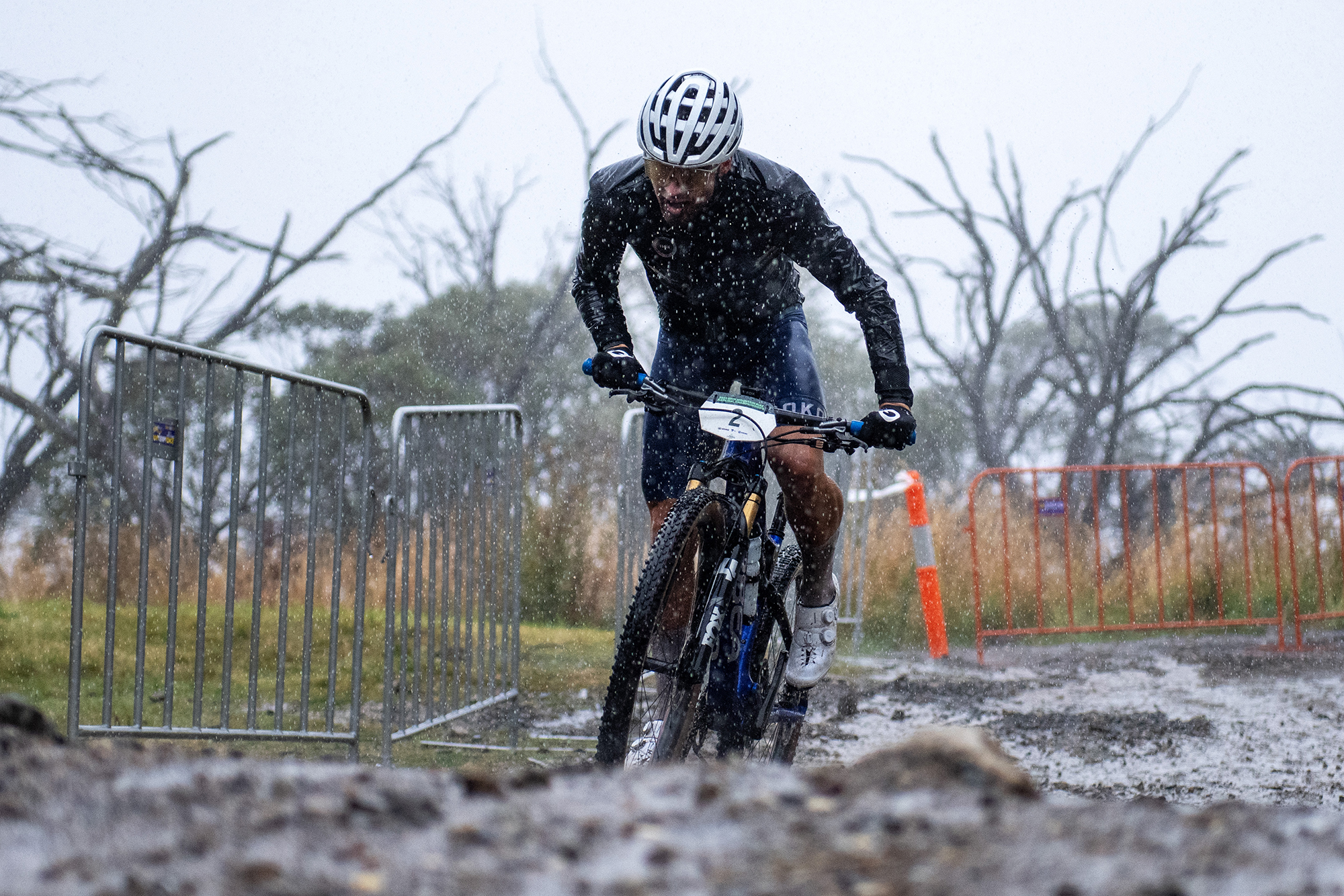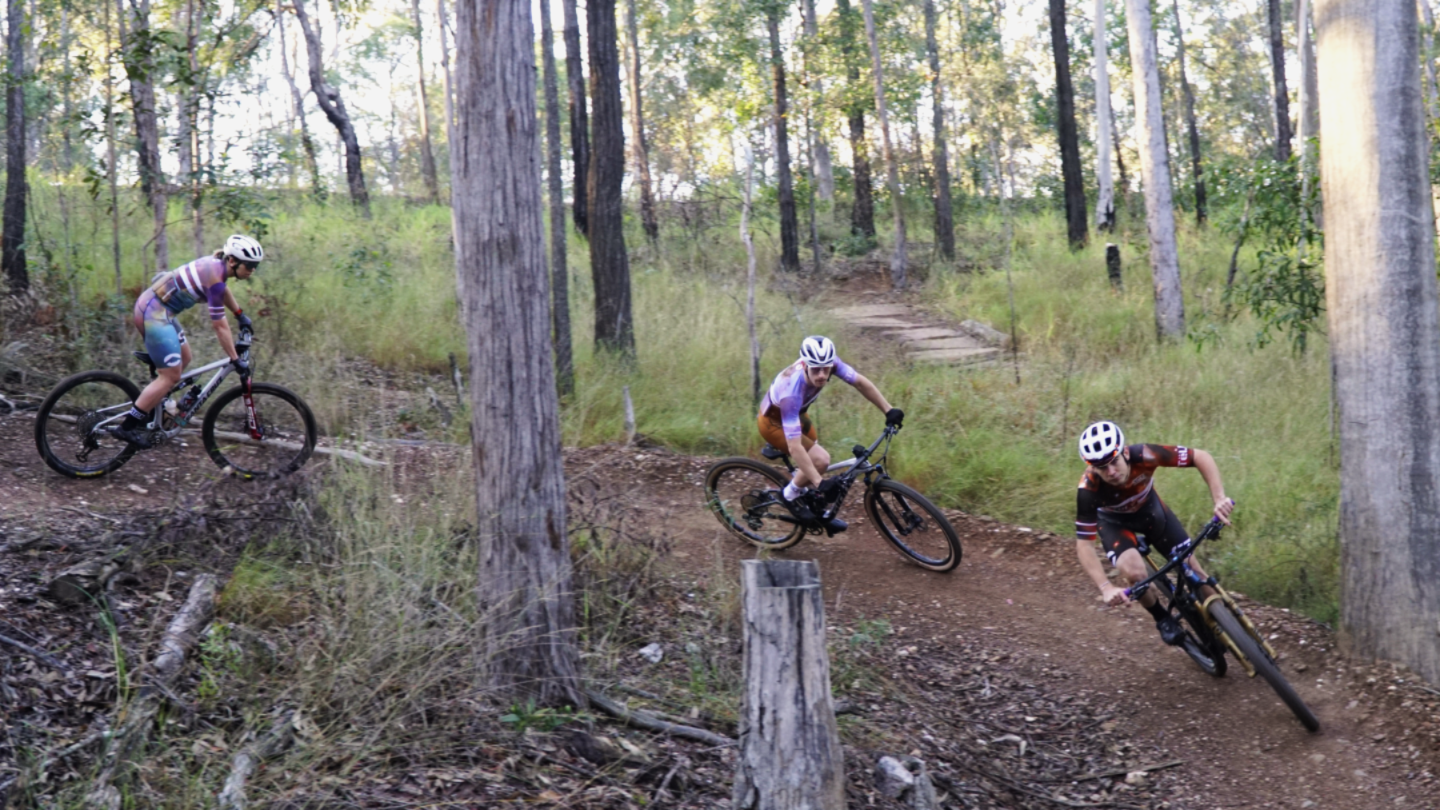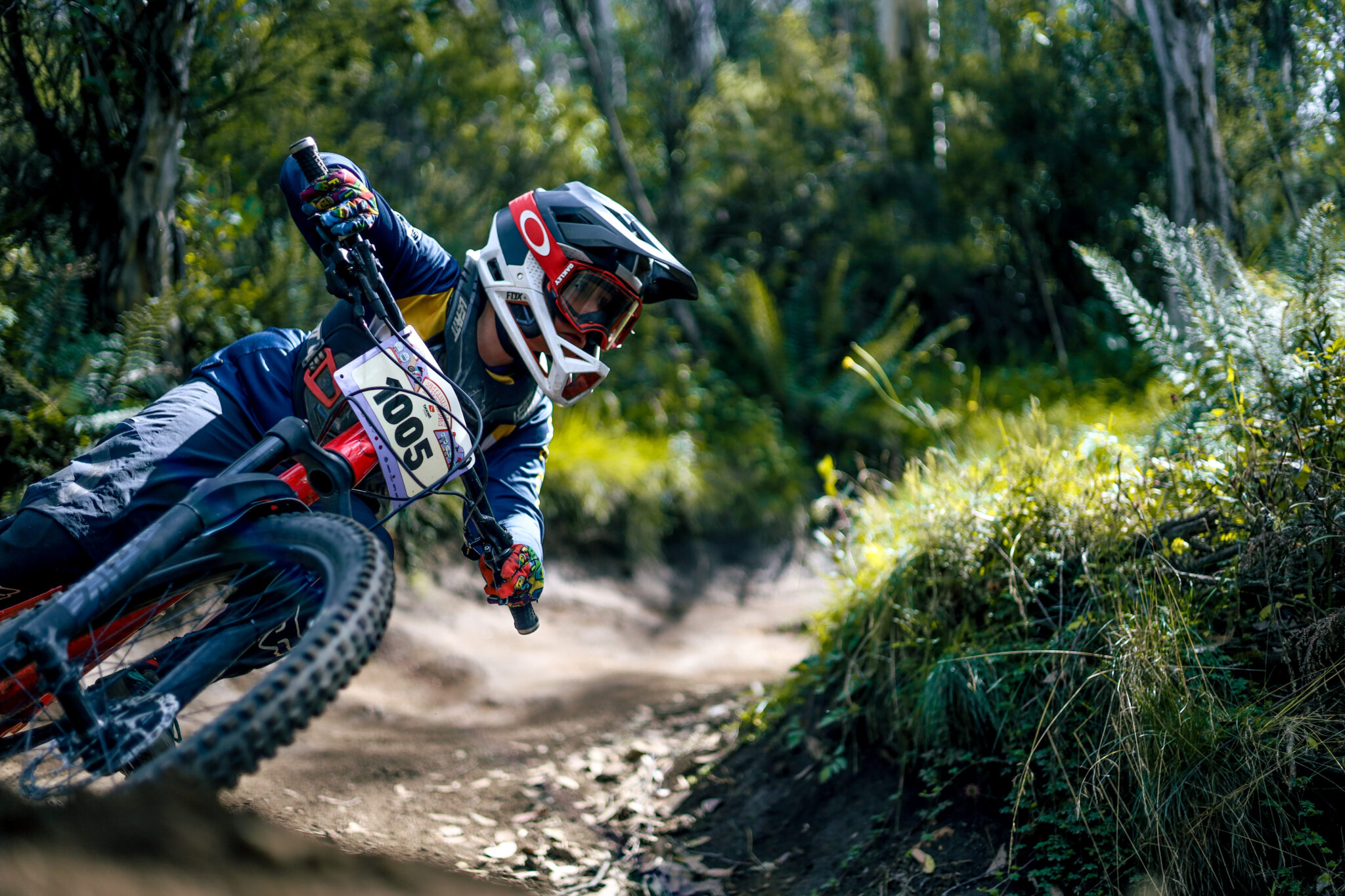TESTED: RST Rebel suspension fork
RST are an older player in the suspension game - but the RST Rebel might be their entry back into the mainstream market.
Words: Adam Macbeth
If you’ve been mountain biking for a long time, like twenty years, you’ll remember a fork that Rapid Suspension Technology, better known as RST, dropped in the late Ninties called the Sigma. An upside down, 187mm dual crown fork that was actually pretty amazing for the time and used by numerous downhill racers both at casual and at world level. You’ll also remember that from there, RST kinda fell off the map for a little and for a long time were relegated to the kind of coil sprung models that came on bikes at the cheaper end of the spectrum at your local store.
In an effort to reinvent themselves and once again play with the big boys, RST have in recent years developed and released a series of higher performance forks. The current range is designed to show they’ve still got some great ideas and the manufacturing means to make them happen while keeping the costs affordable to the every day rider.
Enter the Rebel
Available to suit 29ers and 27.5+ bikes and featuring a one piece magnesium upper, RST’s ‘proven’ OCR+ damping system and 32mm stanchions the Rebel is an imposing looking piece of hardware. Thanks to RockShox recently releasing another fork that harkens back to the nineties, the first thing everyone would ask when they see the Rebel is, ‘Is that a long travel RS-1?’ And to be fair the release of the RS-1, and its pretty much unattainable price point for most mortals, is probably part of the reason that RST set off down this path. Here we took the 27.5+ 130mm travel option, weighing in at a not super light 2.21kg, and mounted it on the front of a Norco Torrent, a Plus bike hardtail.
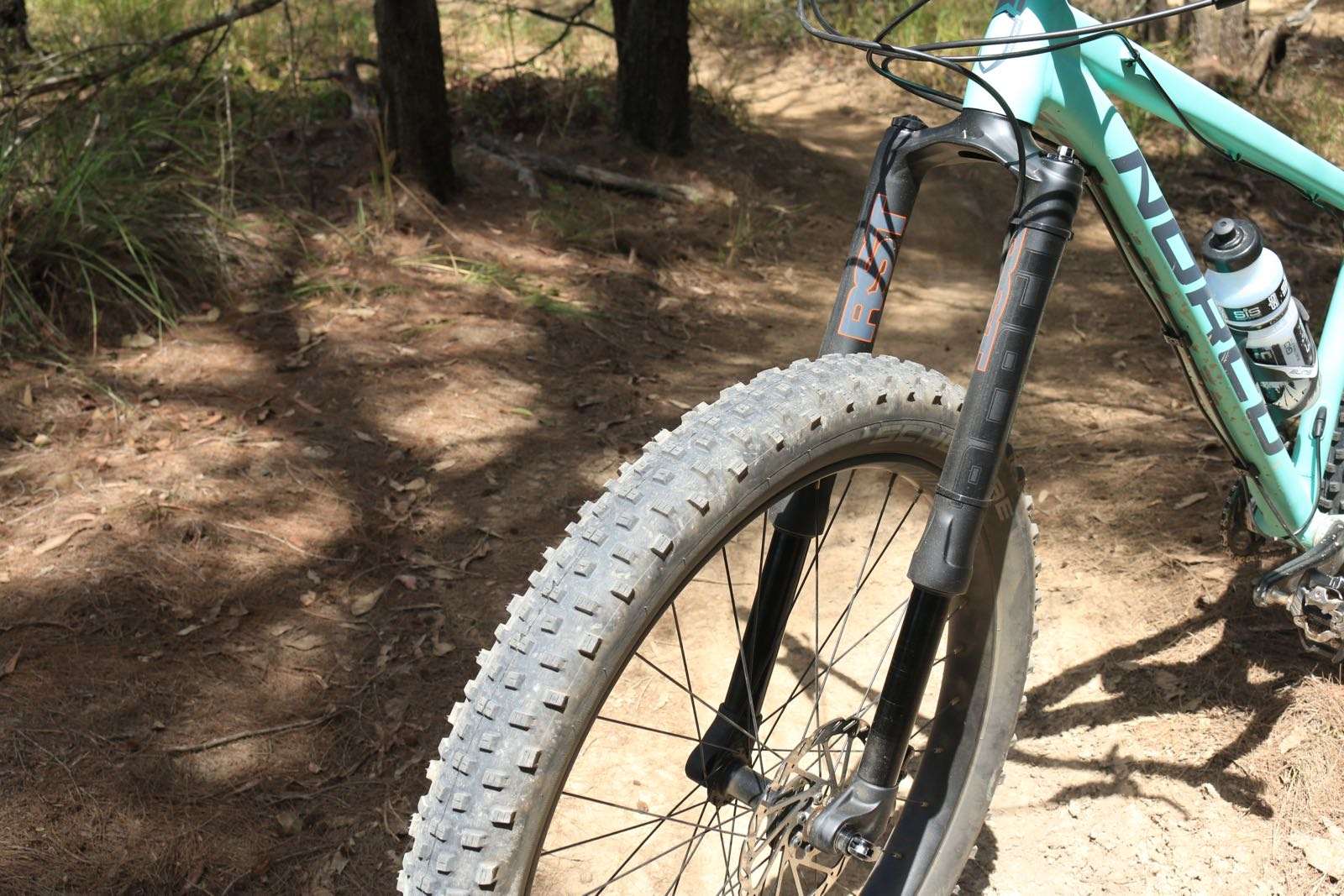
External adjustments are all as you’d expect – an air spring, with open bath compression with full lockout and rebound. The initial set up of the fork was simple, not unlike many of the Rebel’s competitors. Getting the front wheel in was a little more interesting. The Rebel runs a two piece axle designed to add some rigidity. The axle slides in through the hub from the non-disc side, and features a machined end that plugs into the machined dropout on the disc side. Then you add the quick release style lever that tensions the entire system. This all seems like a great idea except that the Rebel’s legs don't face forward unless there’s a hub and axle in there. Getting the axle and dropout ‘key’ to line up and mate with each other when you can’t actually see what’s going on because there’s a hub in there makes what should be a ten second thing into a bit of a chore and RST would probably be better served copying an existing thru-axle format.
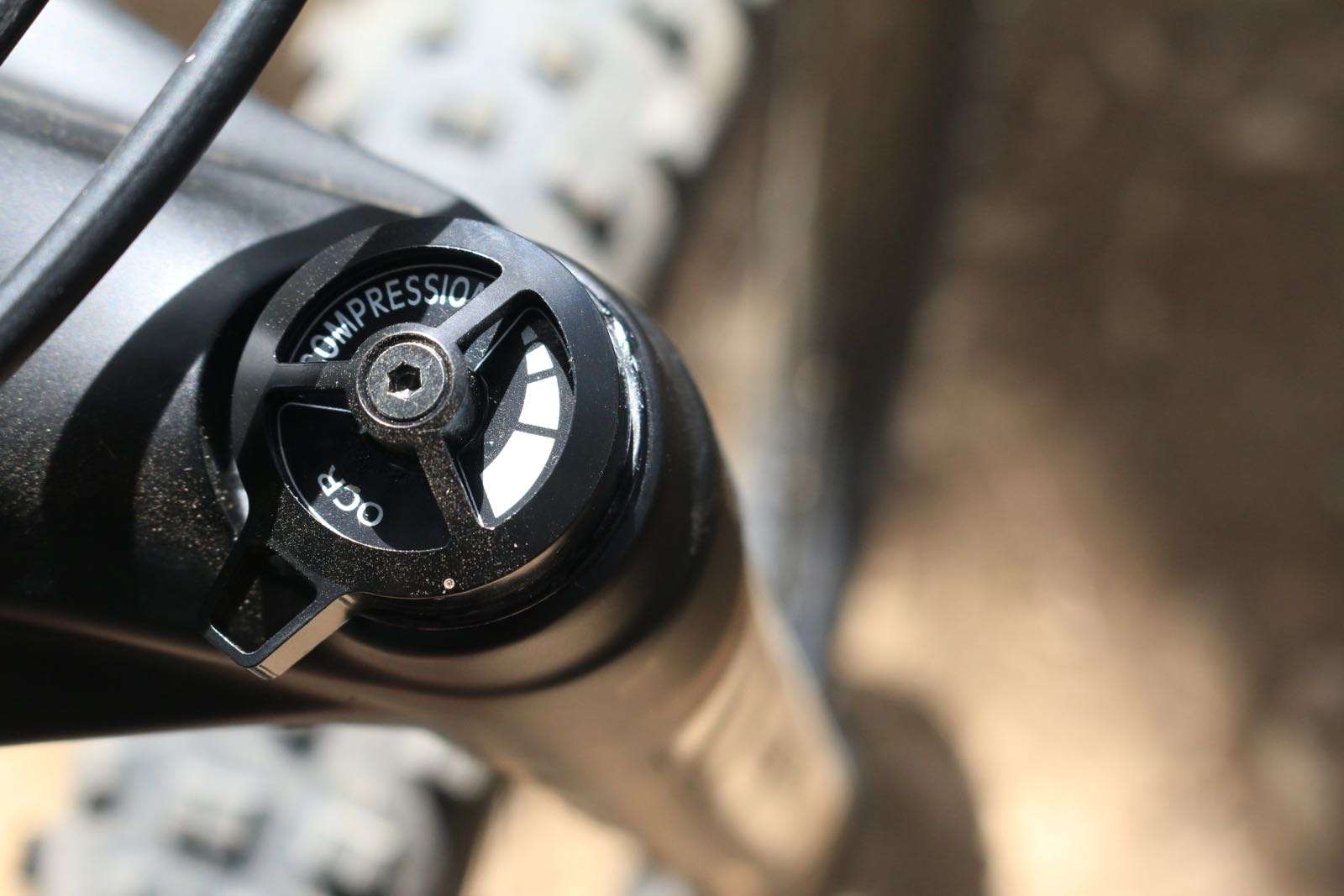
Once fitted up, I’m not gonna lie, I dig the look of this thing. Especially with a three inch Schwalbe Nobby Nic tyre. Initial impressions were of a very stiff feeling, but noticeably weighty front end and I was curious to get it on the trail.
The Rebel is a lot of fun, and the one piece upper definitely provides loads of stiffness, especially under hard, nose wheelie inducing braking where even a Pike gets a tiny wobble. Cornering is precise and there’s no sign of the ‘lag’ that older upside down forks like the Sigma used to suffer from. Being around half a kilo heavier than even it’s most rough’n’tumble competitors like the RockShox Yari, the extra front end weight of the Rebel takes some getting used to and floating off drops and bunny hopping is harder for sure.
One criticism of upside down forks is that they are more susceptible to stanchion damage as they are out in the open and closer to rocks and braches. I don’t know if this is necessarily the case. None of my standard forks at home have any real scratches on the lowers and despite there being rocks flying everywhere during this test the Rebel stanchions remain unmarked. It’s also worth noting that if you DO wreck one its much easier, and cheaper, to replace a single lower leg on an upside down fork than an entire crown and steerer assembly on a regular fork.

On the whole the Rebel feels smooth enough to be enjoyably ride-able. Is it as supple as say a Pike or a Fox 34? Hell no. Is it going to be as easy to source spare parts for? That remains to be seen. While we don’t have a RRP yet it’s likely to be nowhere near the price point of it’s competitors and might be worth a look if you’re building a trail 27.5+ rig on a budget.
Hits:
- Steering precision
- Easy setup
Misses:
- Needs some effort for wheel fitting
- Not as plush as what else is out there.
RRP: $TBD

